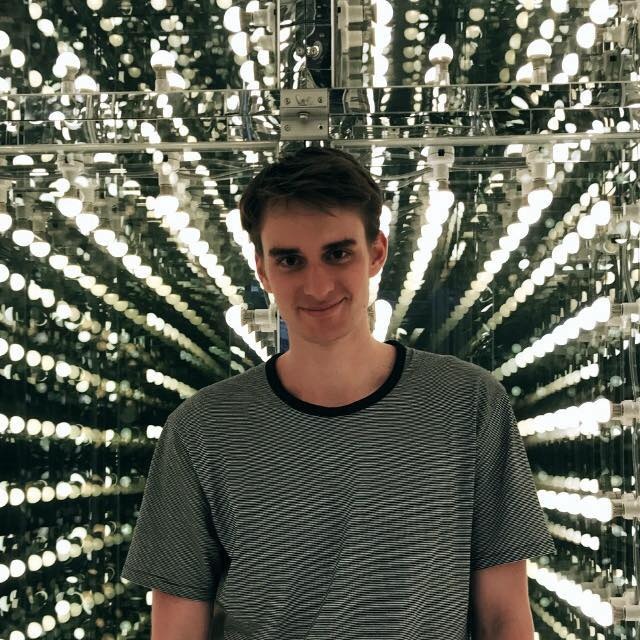 What initially made you interested in Data Science?
What initially made you interested in Data Science?
The event that sparked my interest in data science was a 2016 graphic design class called “Information Design and Data Visualization,” taught by Doug Scott (MFA, Yale University) at Rhode Island School of Design (RISD). During the intensive summer course, I participated in two multi-faceted visualization projects. These projects challenged me to communicate complex information through the use of typography, form, and color, while also considering issues of mapping, comparison, time, use of symbolic visual language, hierarchy, and location. The class inspired me to dive deeper into the data. I was curious about the full data science pipeline, including the acquisition of data from multiple sources, the processing of unstructured information, analysis methods to identify granular patterns and trends, and the visual communication of insights. Having a clearer understanding of the underlying analytical methods would allow me to make design decisions that better reflect the integrity of the data. I knew I wanted to increase my fluency and competencies in computer science, machine learning, and statistics. I also saw data science as a good bridge between my electrical engineering background and my interest in visual art. Furthermore, in this age of big data, I am concerned about topics such as data protection, data transparency, and data privacy. These issues are highly complex, involve multiple parties, and require a certain attention to detail, sensitivity, and grounding ethical understanding to address head-on. I want to insert myself into this data discussion. All of my research and thinking lead me to apply for the Masters in Data Science program at Brown!
What are your plans following the program?
Following the program, I will pursue my 3-year MFA in Graphic Design at Rhode Island School of Design. At RISD, I am excited to integrate technology and data into my design practice. At the moment I am particularly interested in exploring the areas of user experience design, brand identity design, sensory spaces, augmented reality, and animation. I would like to apply statistical and machine learning techniques while working with text and audio data. For the past 8 years, I have been producing music as part of the electronic music duo, Dayspired (dayspired.com). The audio processing idea stems from this creative music outlet. At RISD, I am curious to see how I can utilize my data science toolkit in design. I have a very open mindset and want to experiment in different areas. Through cross-registration, I intend on taking additional classes at Brown in fields such as cognitive science, computational linguistics, and animation.
What are the most important skills you received or experiences you had during the program?
The most important skill I have learned from the program is how to break complex problems, such as in the areas of computational science and statistics, down into more manageable and actionable steps in order to achieve my objective. This involves the use of active independent research through reading academic papers/journals, which I did a lot of during several classes of the program (Probability, Statistics and Machine Learning: Advanced Methods, Data and Society, and my elective, Perception and Action). Since the software tools and programs used by data scientists frequently change, I believe that a grounding theoretical understanding of the core statistical and computer science concepts is essential, as well as the ability to learn independently. Following my coursework, I felt confident in my capability to learn and apply new methods of analysis/software tools in my summer capstone, such as spaCy (for natural language processing) and Gensim (for topic modeling). Finally, the Brown program curriculum really stressed collaboration and working in a team setting on data science projects. I feel like this was a clear defining strength of the program.
Is there a particular story or experience you'd like to share?
The experience that I believe exemplifies my year in the data science program is my summer capstone in London at creative design agency Holition. I am currently in London working on an art installation (data visualization) for the British Fashion Council (BFC), in collaboration with Google, to be presented at London Fashion Week. The BFC is a nonprofit entity that runs all of the London Fashion Week events annually, with its goal to strategically position British fashion in the global fashion arena. The BFC aims to preserve the heritage and tradition of British fashion, as well as provide business support for emerging UK brands. What I appreciate most about the project is that it requires a very holistic design process. Working together with a few other interns, we had to perform brand identity research, craft a compelling message that aligned with the core principles of the BFC, identify relevant data streams, acquire data, analyze it, and then design and program a dynamic visualization to be displayed live in the form of a projection. I feel I really obtained a sincere appreciation for data in this project (in all of its complex forms) and practiced my team collaboration skills.